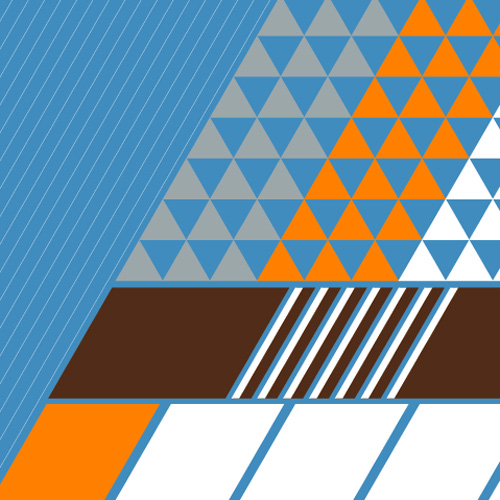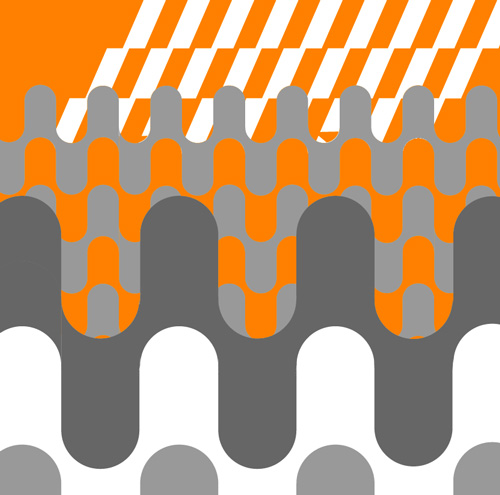Lately I have been experimenting with time-based abstract art sketches. For 30 minutes at a stretch, I attack a given composition with all I’ve got, working to produce something visually compelling under the pressure of a time limit.
Because the clock is ticking as I go, I have to work fast, and I have no time to second-guess myself. I am forced to “turn off my brain.” My intuition takes over. I go into a zone where some of my most creatively satisfying work happens. Things just happen.


Two recent abstract art sketches: I am in the process of refining these sketches into compositions that I will eventually paint. Going forward, I will be careful to honor the spirit of the original sketch — in other words, not tinker too much.
These 30-minute abstract art sketches also offer me a format for keeping my compositional skills fresh. It’s almost like how baseball players take batting practice every day, stepping into the batting cage and hacking away, working on the mechanics of their swings, trying to relax, and not to force anything, in the process.
Ideally, just like batting practice, I’d like set aside time each day to make a sketch, working on one specific design motif or geometric element per session. Unfortunately, I haven’t quite found the time to do this every day!
Another benefit of the 30-minute approach is that it prevents me from tinkering with a composition until I reach the point of diminishing returns, something I have encountered in the past. In fact, last summer I produced 24 different takes on the same composition! Results varied by the end, anyway: Once I started painting, the painting took on new life, deviating from the original sketch in significant ways.
I should add that I started experimenting with 30-minute sketches four years ago. The spontaneous art that followed, part of an art lottery project, eventually resulted in paintings such as Corporate Wellness Program.
We’ll see, indeed, whether my current batch of abstract art sketches will metamorphose into paintings in the physical realm.
Tags: abstract art, geometric art, maximalism, sketches


Interesting.
In chess we call the similar approach “speed chess”.
Here is a short video (1min.) that shows a game in speed chess, the guy in the left is US Grand Master Hikaru Nakamura, the guy on the right I do not know.
http://www.youtube.com/watch?v=Bzrap8Vtyq8
Speed chess is used for fun and also to improve the regular paced chess. A speed chess game is usually followed by a slow analyses of the played game where you can see the mistakes you have made and where you should improve, but also to check the thought process.
Another mode, this one not that popular because it is very difficult, is the blind chess, self explanatory, how about trying this method as well ?
José, that’s an interesting parallel, one that I wasn’t aware of. If I knew how to play chess, I’d probably have more insight into what you’re talking about! The video was pretty much insane; I had never seen anything like that before.
I can’t help but think of Marcel Duchamp: A tremendously gifted chess player, Duchamp allegedly retired from making art so that he could focus on chess. He was also one of the most conceptual artists of all time.
Doing anything skilled under a time limit, I think, forces us to live by our wits. For that reason, timed chess or timed art can be very instructive.
The difference between chess and design is that in chess, there’s an opponent who is changing the game. With design, there’s no resistance like that. However, I have tried experimenting with pre-built design elements, and then forcing myself to pull them together in 30 minutes. In that case, randomness was my opponent, or foil, if you will.
Thanks for offering your comment, José.
Grant